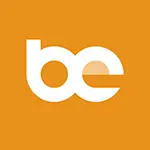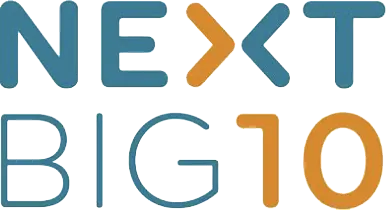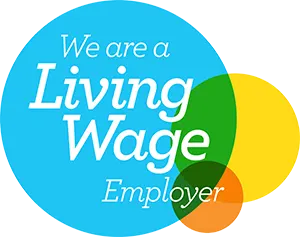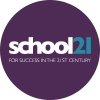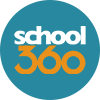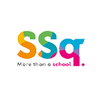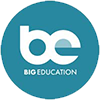Pinner Wood School is a three-form entry primary school located in the borough of Harrow, for children from Nursery to Year 6. At Pinner Wood, we empower children to take ownership of their learning, encouraging them to celebrate successes and achievements as well as recognising their next steps so that they can be the best they can be.
My colleagues and I are now in our second year of our Next Big 10 journey, an innovation project for schools across the country. During our first year we chose our own Working Group which followed our interests and prior research. As a teacher who is IT literate and welcomes new, interactive resources into my classroom, I was interested to see what a Learner Profile entails and how easy it would be to implement in my classroom.
What is a Learner Profile?
A Learner Profile is a digital record of a students’ learning, their strengths and achievements, inside and outside of formal education and into adulthood, across a number of core areas of learning experiences. Its purpose is to provide a much broader and richer view of student capability and achievement; to enable learners to understand themselves and their strengths, able to tell the story of who they are, what they know and what they can do, at different points in their lives; and to rebalance and broaden what is valued in formal education. In short, a Learner Profile allows children to take ownership of their achievements and targets. It works as a self-reflective tool, ensuring that children celebrate their successes whilst also keeping their goals at the forefront of their mind.
Our Aim at Pinner Wood
This year at Pinner Wood, we will be piloting our Learner Profile with children in Year 3 and Year 6 and if successful, we aim to roll it out from Year 1 to Year 6 in the next academic year.
At the start and end of the week, we have allocated time in our timetable for self and class reflection. At Pinner Wood we call these meetings ‘Monday Meeting’ and ‘Friday Feedback’. For our pilot classes, we are going to use this time to begin and add to our Learner Profiles.
Our overall aim is for children to showcase their Learner Profile during our parent conference meetings in Spring. The process would move from being solely teacher led, for example, the teacher facilitating the discussion of progress. to child led, where the child showcases their Learner Profile on Seesaw, discussing their targets and displaying to the adults (teacher and parents) how hard they have worked to achieve their set targets. Targets would be reviewed weekly alongside the input of evidence of meeting their targets.
Considerations
There are a few things to consider when creating a Learner Profile. One consideration is the platform you are going to use. At the start of this project, we were presented with Google. We tinkered around and made a template for our Learner Profile, simplifying it for our Year 3 learners and adding more areas of reflection for our Year 6 pupils. My colleague and I were happy with our template and started to think about the accessibility for our children. To access their Learner Profile using Google, they would need a Google email and password, and as we are not a Google School, this proved to be quite a logistical challenge. We also wanted our younger children to be able to add voice notes to their work and adding this feature to Google Slides was another challenge we faced.
Another Avenue
At Pinner Wood we use Seesaw as our main home to school communication tool. Teachers can create their own activities and share them with other teachers in the school with a click of a button. We have used Seesaw for just over three years now, so children understand how to access it and use the features and tools included.
So, the process began again! This time we created a template on Seesaw. It was quick and easy to make and for our children, the functionality is fantastic. I have been really impressed by the way they have accessed our Learner Profile template and the impact it has made so far. Children are much more aware of their targets, and they are motivated to meet them.


What next?
As a school, we have restricted parent access to Learner Profiles for now. We would like to keep them the focal point of our parent conference meetings, but at the end of the year we aim to send home a link to children’s Learner Profiles, so parents receive an overview of progress. Children will then continue updating and developing their Learner Profile throughout the next academic year.
We have already seen an impact. The process of selecting the targets with the children felt so purposeful and it has been lovely to hear children discussing the areas in which they are succeeding and feel confident, but also identifying areas where extra practice and support is needed. Our learners are eager to meet their targets as they have been involved in the process of choosing them. Each child has their own ‘Learner Profile Evidence Me’ paper clip which they can attach to a page in their book to show that they have worked towards meeting their target and are eager to upload this work to their profile.

Towards the end of this academic year, we will reflect on the impact Learner Profiles have had with pupils in Year 3 and Year 6 and consider their wider use. We will gather parent feedback and begin to think about the use of end of year written reports and consider adapting the written report to connect more closely to our Learner Profile assessment tool instead.
You can see the wider work we are doing at Pinner Wood as part of the Next Big 10 project here. We are also part of the Rethinking Assessment Learner Profile Community of Practice, where we will be sharing our learning so far in a webinar next year.
Hannah Sheldrake, Pinner Wood
